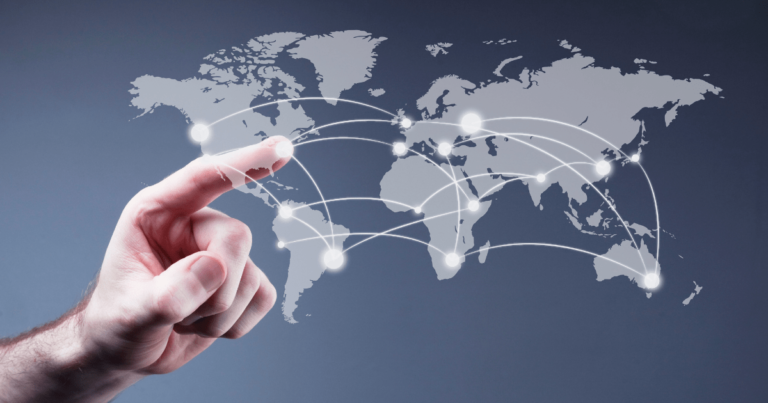
In an increasingly digital world, access to reliable telecommunications services has become a fundamental necessity. The ability to connect with loved ones, access educational resources, find job opportunities, and participate in the global economy all hinge on having access to reliable telecom networks. However, while many of us take these services for granted, there are still underserved communities around the world that lack access to essential telecom infrastructure.
The Digital Divide: A Global Challenge
The digital divide refers to the gap between those who have access to modern information and communication technologies (ICTs) and those who do not. While the world has seen remarkable progress in the spread of telecom services, there are still vast disparities in access, especially in rural and remote areas of developing countries.
This divide has far-reaching consequences. Lack of access to telecom services means limited educational opportunities, reduced access to healthcare resources, limited economic prospects, and social isolation. Bridging this gap is not just a matter of providing convenience; it is about addressing deep-rooted inequalities and creating opportunities for all.
Telecom for Social Good: Connecting the Unconnected
Telecom for social good is a collective effort by governments, telecommunications companies, non-profit organizations, and individuals to extend the reach of telecom services to underserved communities. It involves a range of initiatives and strategies aimed at:
- Expanding Access: Telecom providers are working to expand their networks into previously underserved areas. This involves building new infrastructure, such as cell towers, fiber-optic cables, or leveraging satellite technology to reach remote locations. In countries where geographical challenges hinder connectivity, innovative solutions like high-altitude balloons and drones are being explored to provide coverage.
- Driving Affordability: Access to telecom services must be affordable for all. Telecom for social good often involves efforts to reduce the cost of services, including the provision of subsidized plans, affordable mobile devices, and community Wi-Fi initiatives. Governments and telecom companies collaborate to implement price regulations and data access schemes that make telecom services accessible to low-income communities.
- Promoting Digital Literacy: Access alone is not enough; individuals and communities must also have the skills and knowledge to make the most of telecom services. Programs that promote digital literacy and provide training are a crucial part of the initiative. Community centers, schools, and libraries offer workshops and training sessions to help individuals navigate the digital landscape, from using smartphones to accessing online resources.
- Fostering Partnerships: Telecom for social good relies on collaboration between governments, telecom companies, non-profit organizations, and local communities. Partnerships help pool resources, share expertise, and coordinate efforts to reach underserved communities effectively. Multilateral organizations like the United Nations play a vital role in facilitating these partnerships and setting global targets for telecom access.

Real-World Impact
The impact of telecom for social good can be profound, transforming the lives of individuals and communities:
- Remote Healthcare: In rural areas with limited access to medical facilities, telecom services enable telemedicine. Patients can consult with healthcare providers remotely, receive medical advice, and even access diagnostic services. This improves healthcare access and outcomes in underserved regions.
- Education: Telecom services bring educational opportunities to remote schools. Students can access online learning resources, connect with teachers and peers, and access educational content that was previously out of reach. This enhances educational equity and empowers the next generation.
- Economic Empowerment: Access to telecom services opens up economic opportunities. Individuals can explore online job opportunities, start online businesses, and access financial services. This contributes to poverty reduction and economic growth in underserved areas.
- Emergency Communication: In times of natural disasters or emergencies, reliable telecom networks are a lifeline. They enable authorities to coordinate relief efforts, provide real-time information to affected communities, and facilitate rescue operations. This enhances disaster preparedness and response.
Conclusion
Telecom professionals are the unsung heroes working tirelessly to ensure that every community, regardless of location or economic circumstances, can participate in the digital age. Their efforts not only connect people but also connect hearts, fostering a global sense of community and shared progress.
The mission of telecom for social good transcends technological advancements; it represents a commitment to equity, inclusion, and global connectivity. As we continue to make strides in bridging the digital divide, we move closer to a world where everyone, regardless of their circumstances, can harness the power of telecommunications for social and economic advancement.
Related articles: Telecom Innovations for Enhanced Connectivity in Rural Areas









